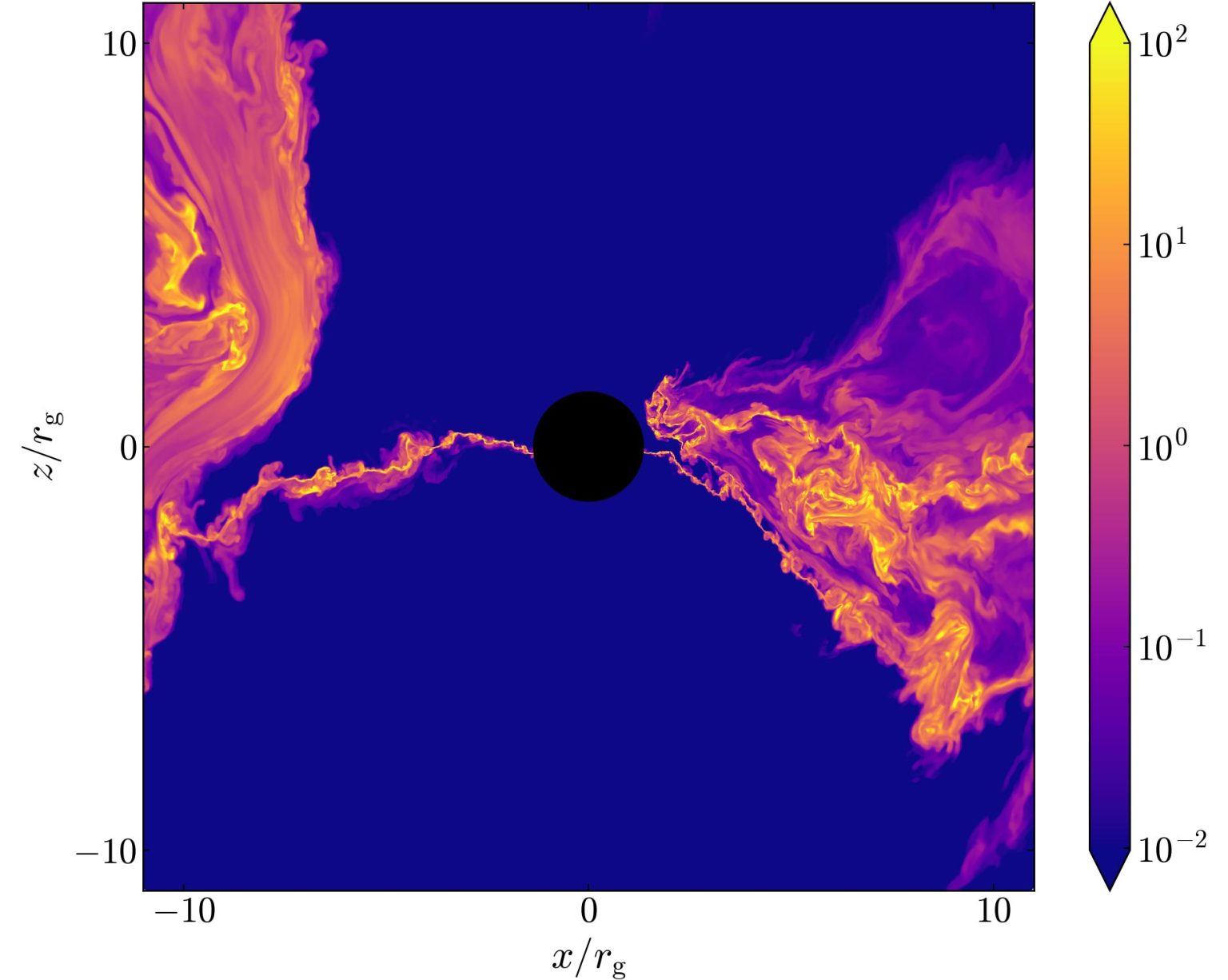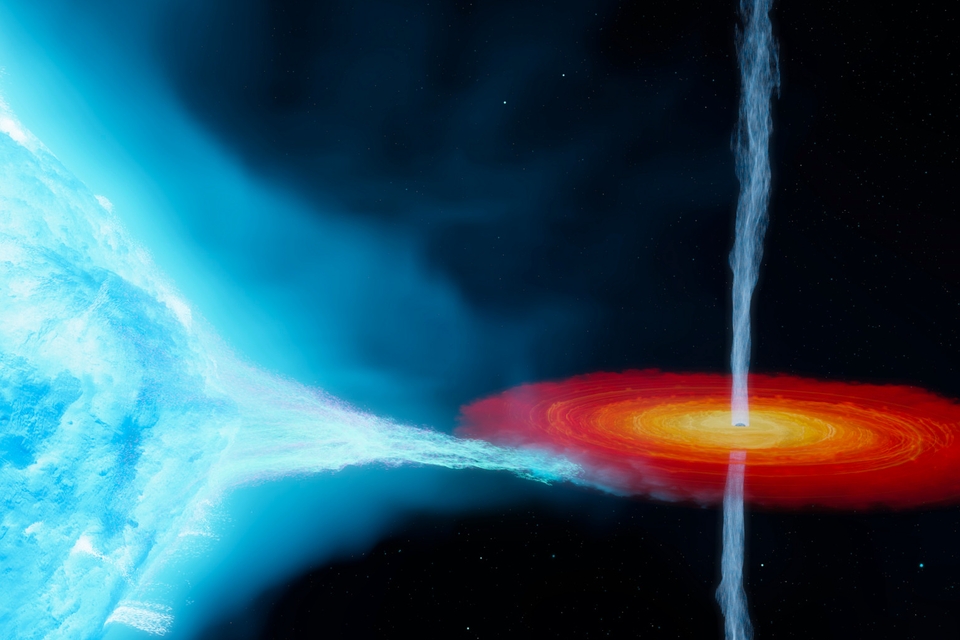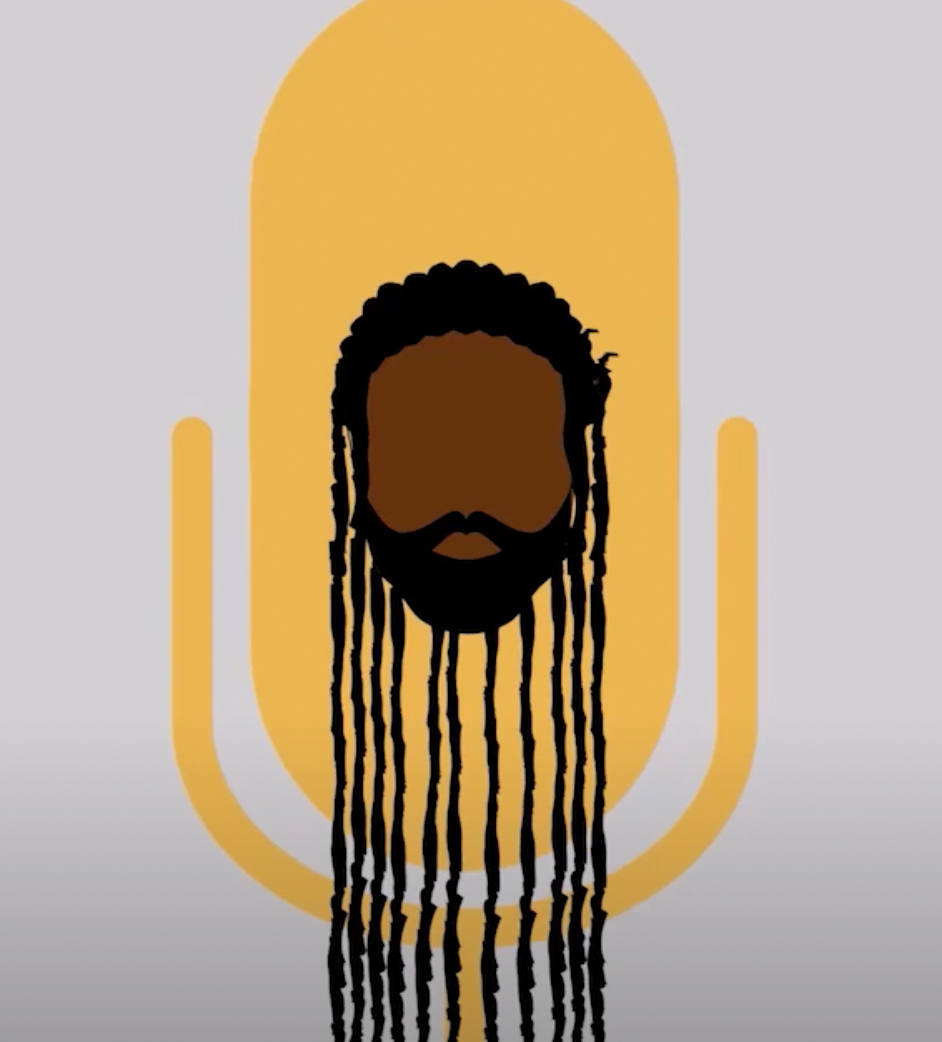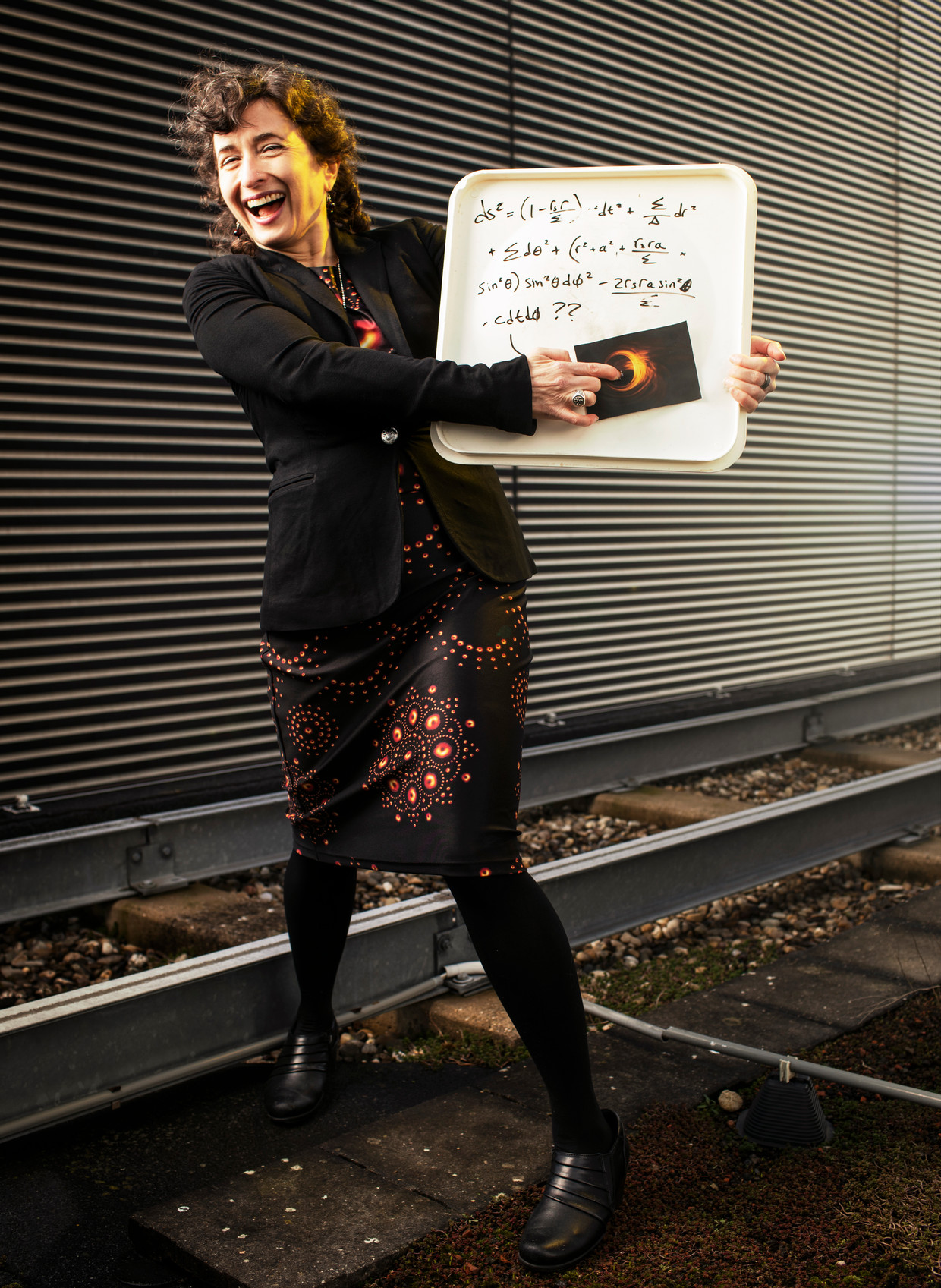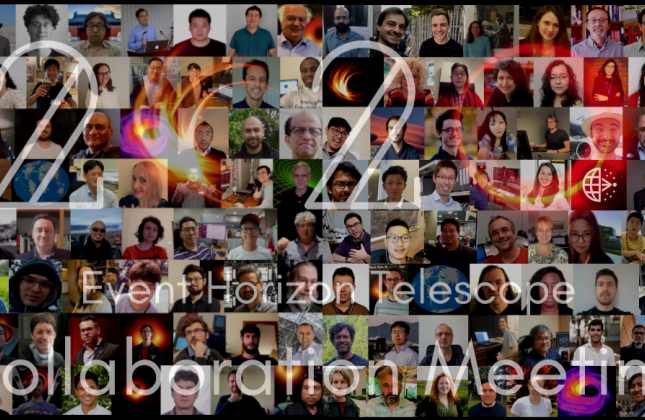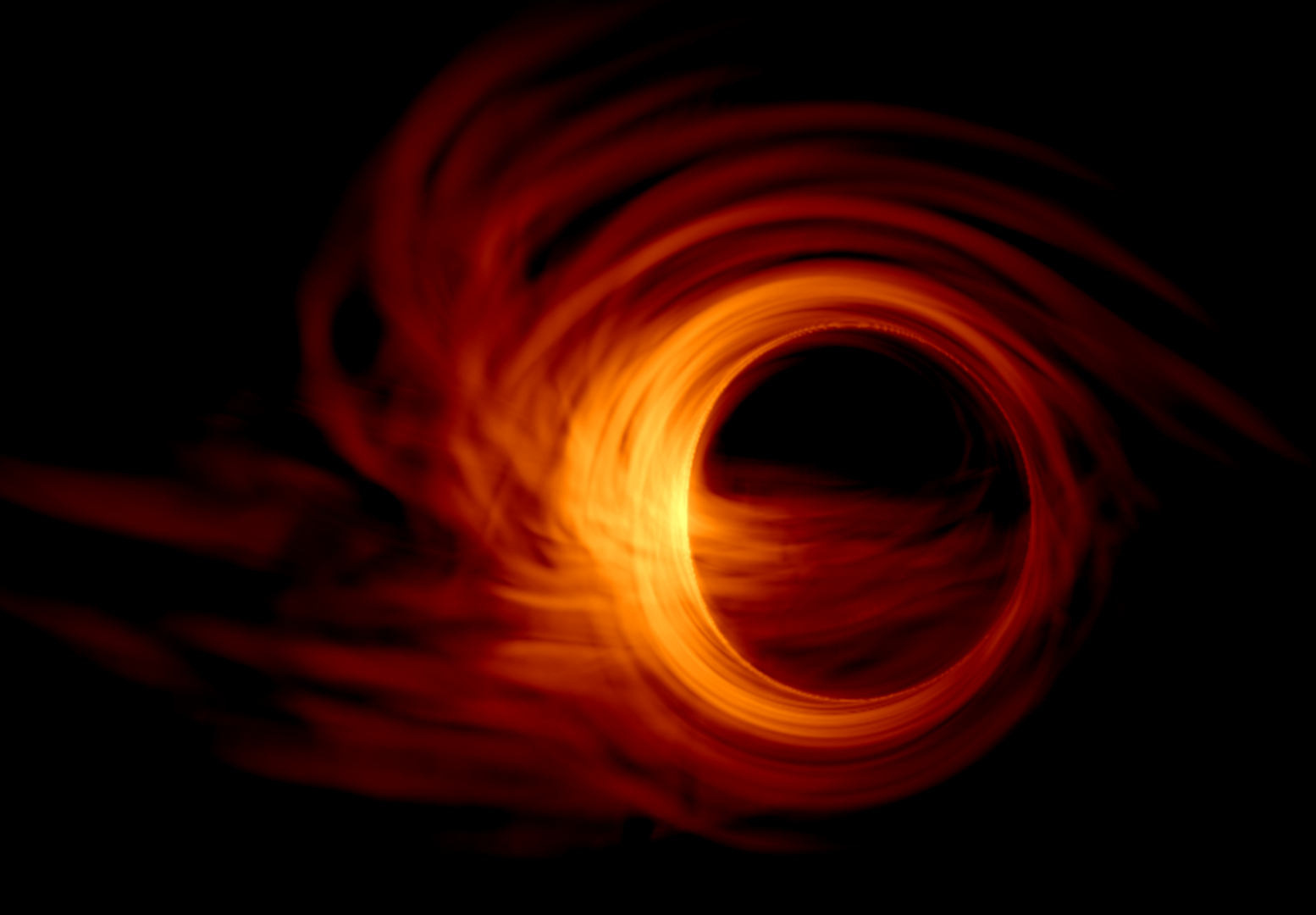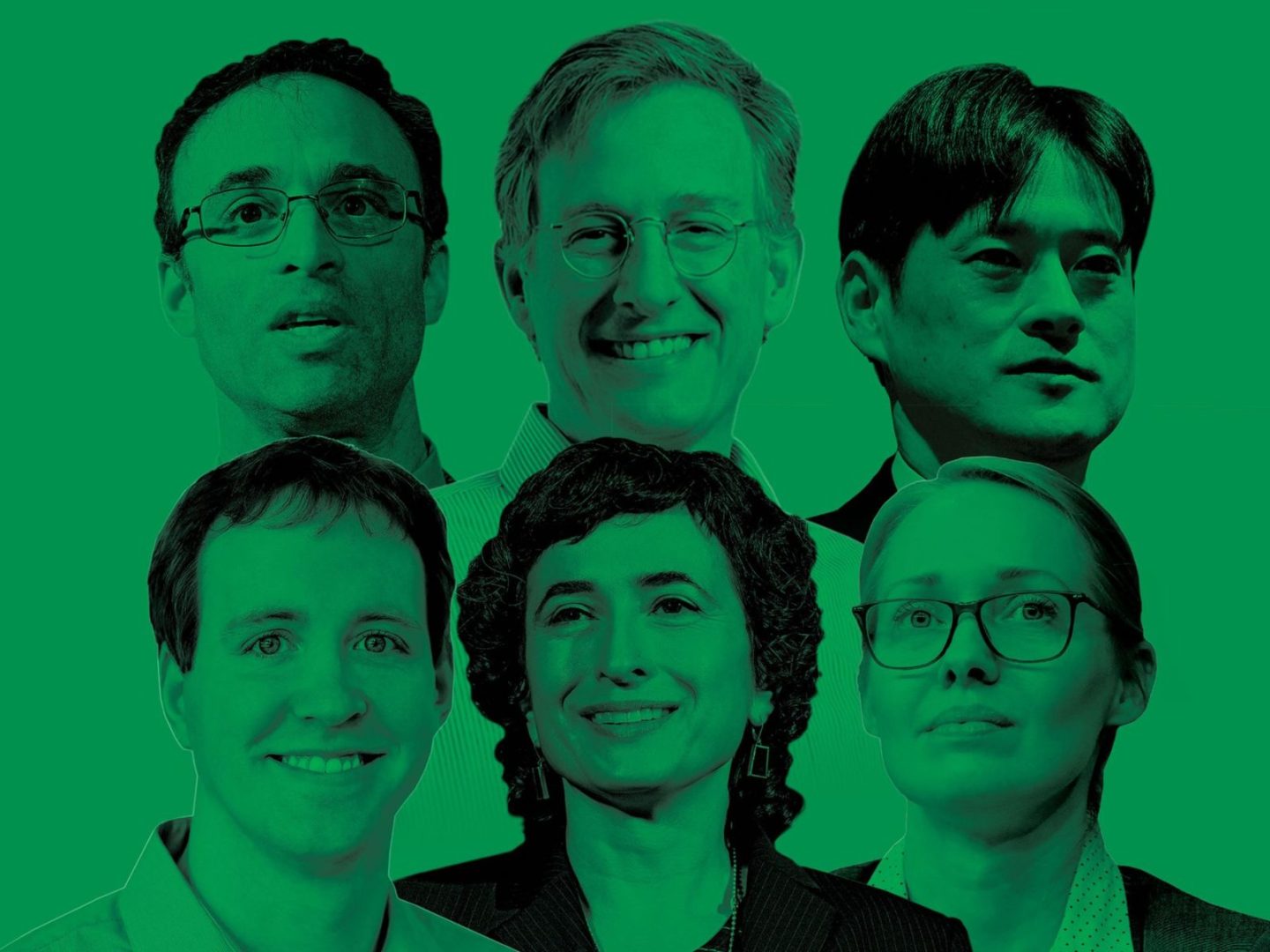-
University of Amsterdam
The European Research Council (ERC) has awarded a Synergy Grant, named “BlackHolistic”, of 14 million Euro to a team of Dutch, British, Finnish, and Namibian astronomers to make colour movies of black holes. The team, among whom Professor Sera Markoff of the University of Amsterdam, will build the first ever African millimetre-wave radio telescope in Namibia to achieve their goal. The telescope will take part in the global Event Horizon Telescope network that became famous for making the first image of a black hole. The new grant will help to transform this network from making still images towards making movies and to understand black holes across the entire Universe.
-
SciTech Daily
New high resolution simulations suggest the origin of black hole flares
Researchers at the Flatiron Institute and their collaborators found that breaking and reconnecting magnetic field lines near the event horizon release energy from a black hole’s magnetic field, accelerating particles that generate intense flares. The findings hint at exciting new possibilities in black hole observation.
-
Scientas
Het allereerste zwart gat dat wetenschappers ontdekten, blijkt veel zwaarder dan gedacht
Een internationaal team van onderzoekers – waaronder ook astronomen van de Universiteit van Amsterdam – hebben ontdekt dat het zwarte gat Cygnus X-1 veel zwaarder is dan lang werd aangenomen. Het is niet 15, maar maar liefst 21 zonsmassa’s zwaar. Dat is te lezen in het blad Science. De herziene massa van Cygnus X-1 zorgt voor enige opwinding onder sterrenkundigen. Het gat tussen kleine stellaire gaten en middelzware zwarte gaten is met de ontdekking namelijk weer een stukje kleiner geworden.
-
Chopping Block
“Chopping Block” interview about diversity in Astro with Visceral Change founder Sherard Robbins
“Those who say it can’t be done are usually interrupted by those doing it.” Visceral Change is a Multicultural Organizational Development Consultancy specializing in training, development, and institutional restructuring. We help organizations center their professional frameworks and practices around diversity, equity, and inclusion.
-
Het Parool
De meeste onbekende niet-Nederlander op de klapstoel!
Van zwarte gaten weten we ongeveer hoe ze werken en toch passen ze niet goed in ons huidige beeld van de natuurkunde. We kunnen ze beschrijven, maar we weten nog steeds niet precies hoe ze ontstaan. Op de een of andere manier wijzen ze op een mysterie en tegelijk spelen ze een enorme rol in het universum. En het zijn heel vreemde dingen, natuurlijk.
-
RAS/EHT
EHT Awarded the UK Royal Astronomical Society’s 2021 Group Achievement Award
This image has already inspired millions and will continue to do so. It represents an important milestone in human ingenuity and scientific endeavour, and is opening new doorways to study the physics of accretion around super-massive black holes in completely unprecedented ways. The realisation of the EHT represented a formidable challenge and was made possible only by decades of hard work and commitment by thirteen stakeholder institutions, a variety of agencies, and more than three hundred forty researchers. This is one of the finest examples of an achievement resulting from close collaboration by researchers from around the World.
-
NWO Twitter
NWO Domain Science Diversity Initiative Award!
The Diversity Initiative Award goes to @SpacegeekSera for introducing primary school children to astronomy & physics and promoting diversity in the field. https://youtu.be/T2IvvEPQcgc
-
UvA Press Release
€4.9M from NWA-ORC awarded to study, and educate the public, about black holes!
The Dutch Black Hole Consortium (DBHC), which includes several UvA researchers, has been awarded a grant of € 4.9 million by the Dutch Research Council (NWO) as part of the National Science Agenda. This new interdisciplinary consortium aims to further unravel the mysteries surrounding black holes and the wider universe.
-
Talk That Science
Podcast about black holes for non-experts, with music!
This podcast series has just been started by students at my university. This was a meandering chat about black holes and other stuff, including music, designed for non-experts. Here is there description: "You have probably heard of black holes. They are known as all-destructive holes that sluck up everything that comes near it. Some say they might be used as time machines! But what about this is science, and what is fiction? In this episode, Sera Markoff shares insights about how she made the first picture of a black hole, time in black holes and the importance of science for society."
-
Atlassian
New Atlassian Teamistry podcast about the teamwork behind the EHT black hole image
Almost a year ago, the Event Horizon Telescope Collaboration revealed the first ever picture of a black hole. This half hour podcast featuring EHT collaboration members Shep Doeleman, Avery Broderick and Sera Markoff, focuses on the backstory and teamwork involved to make this project a success.
-
AAS Press Release
TOP HIGH-ENERGY PRIZE AWARDED TO EVENT HORIZON TELESCOPE PROJECT The top prize in high-energy astrophysics has been awarded to Dr. Sheperd Doeleman of the Center for Astrophysics | Harvard & Smithsonian and the Event Horizon Telescope team for the landmark image and analysis of the first shadow of a black hole. The High Energy Astrophysics Division (HEAD) of the American Astronomical Society awards the Rossi Prize in recognition of significant contributions as well as recent and original work in high-energy astrophysics. The Event Horizon Telescope, or EHT, is a planet-scale array of eight ground-based radio telescopes that was designed to capture images of black holes. In April 2019, the EHT collaboration announced that it had successfully taken the first picture of the black hole at the center of the Messier 87 galaxy, with the results published in a series of six papers in the Astrophysical Journal Letters. The image, a bright ring formed by light bending around the black hole, quickly circled the globe, appearing across the front pages of newspapers and throughout social media. The 2020 Rossi Prize recognizes this historic scientific achievement. "After nearly two decades of planning and work, it was exhilarating to see the EHT images so clearly confirm a fundamental prediction of Einstein’s theory of gravity,” said Doeleman. “We can now visualize and study supermassive black holes all the way down to their event horizons. It’s a remarkable breakthrough made possible by a global collaboration of researchers and the support of many funding agencies and foundations." The prize is in honor of Professor Bruno Rossi, an authority on cosmic ray physics and a pioneer in the field of X-ray astronomy. The Rossi Prize includes an engraved certificate and a $1,500 award. Dr. Doeleman will give a lecture at the 237th AAS meeting in Phoenix, Arizona, in January 2021.
-
EHT included in 2019 Bloomberg 50 list!
Albert Einstein was right again. More than 100 years ago, his calculations suggested that when too much energy or matter is concentrated in one place, it will collapse in on itself and turn into a dark vortex of nothingness. Physicists found evidence to support Einstein’s black hole concept, but they’d never observed one directly. In 2017, 200-plus scientists affiliated with more than 60 institutions set out to change that, using eight global radio observatories to chart the sky for 10 days. In April they released their findings, which included an image of a dark circle surrounded by a fiery doughnut (the galaxy Messier 87), 55 million light years away and 6.5 billion times more massive than our sun. “We have seen what we thought was unseeable,” said Shep Doeleman, leader of what came to be known as the Event Horizon Telescope team. The team’s name refers to the edge of a black hole, the point beyond which light and matter cannot escape. In some ways, the first picture of a black hole is also the first picture of nothing.


